Revolutionizing Facial Enhancement: Beyond Traditional Surgery
In an era where natural beauty and minimal downtime are paramount, non-surgical facial sculpting has emerged as a transformative alternative to invasive procedures. Leveraging advanced techniques like dermal fillers, neurotoxin injections, PDO thread lifts, and energy-based therapies, these treatments redefine facial contours and rejuvenate skin with subtlety and precision. This article explores how non-surgical methods are reshaping perceptions of beauty by enhancing features naturally while catering to individual aesthetic goals.
The Foundations of Non-Surgical Facial Sculpting: Techniques and Benefits
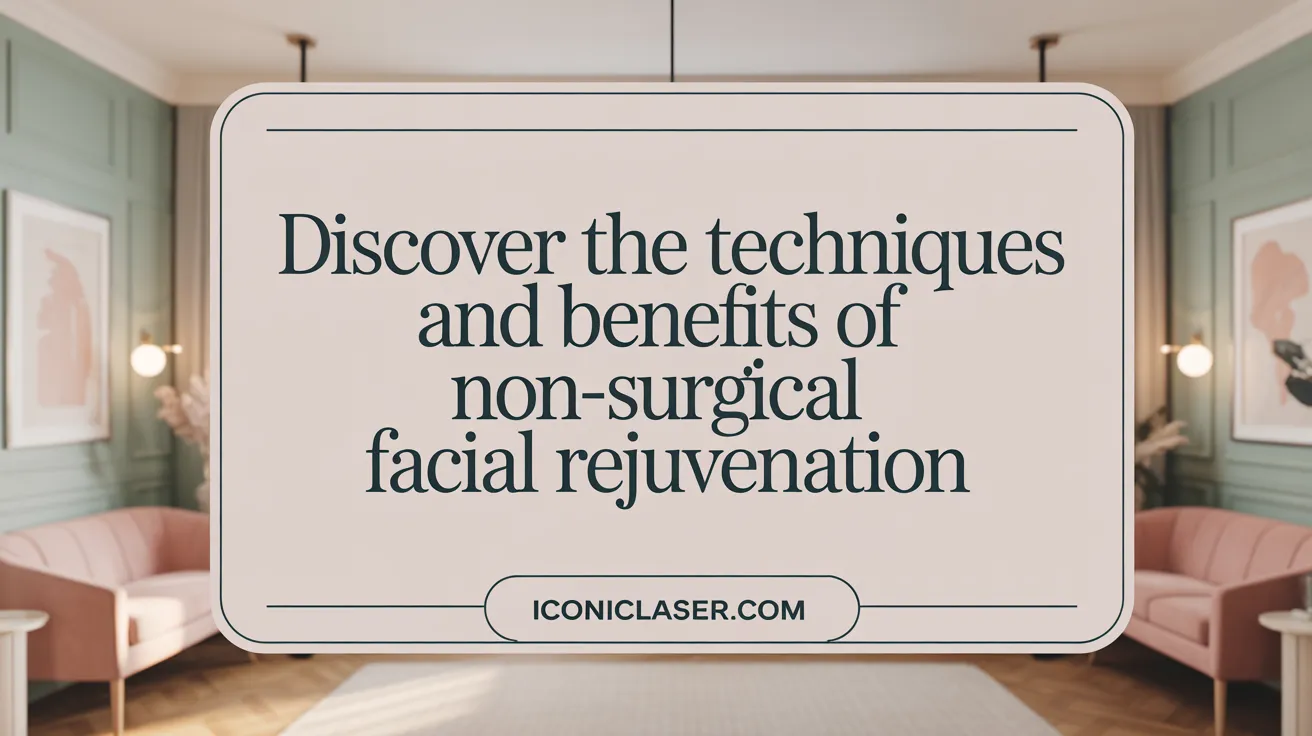
What Are the Main Methods of Non-Surgical Facial Contouring?
Non-surgical facial contouring reshapes and refines facial features using minimally invasive or non-invasive methods. These techniques enhance natural beauty by targeting volume loss, wrinkles, and mild skin laxity without the need for surgery or significant downtime.
Commonly Used Procedures
- Dermal Fillers: Injectable gels, often made of hyaluronic acid or collagen stimulators, restore volume to cheeks, chin, jawline, lips, and nasolabial folds. Results are immediate and can last from several months up to two years depending on the product.
- Neurotoxin Injections: Treatments like Botox relax muscles that form wrinkles and can also slim bulky jaw muscles to create a more streamlined face. Effects typically last 3-4 months.
- PDO Thread Lifts: Absorbable threads are placed under the skin to lift tissue physically and stimulate collagen production, leading to firmer and younger-looking skin over time.
- Radiofrequency Skin Tightening: This procedure uses heat energy to stimulate collagen and elastin production in deep skin layers, resulting in gradual tightening of sagging skin, especially around the jawline, cheeks, and under the chin.
- Laser Therapies: Laser resurfacing improves skin texture, tone, and tightens loose skin by promoting collagen remodeling. It can also address pigmentation and uneven skin.
Advantages of Non-Surgical Facial Sculpting
- Minimal Downtime: These treatments are generally quick, mostly performed in-office, allowing patients to resume daily activities immediately.
- Reduced Risks: Non-surgical methods have fewer complications than surgery, with common side effects limited to mild swelling, redness, or bruising.
- Natural-Looking Results: Enhancements subtly improve facial features without drastic or artificial changes.
- Customizable Treatments: Procedures can be tailored or combined based on individual skin conditions, aging signs, and aesthetic goals to achieve harmonious results.
These innovative techniques provide a safe and effective way for individuals seeking facial rejuvenation to enhance appearance with ease and confidence.
Dermal Fillers and Neurotoxins: Sculpting Through Volume and Muscle Relaxation
How dermal fillers restore volume and define features like cheeks, jawline, and lips
Dermal fillers are injectable gels that add volume and contour to the face by filling in areas where aging or genetics have caused volume loss. They are commonly used to enhance cheeks, refine the jawline, shape the chin, and plump the lips. By carefully placing fillers, aesthetic practitioners can restore youthful fullness, create more balanced proportions, and highlight natural facial contours for a sculpted and refreshed look (dermal fillers for face contouring, facial fillers for volume and symmetry).
The role of hyaluronic acid and collagen-stimulating fillers
The majority of dermal fillers are based on hyaluronic acid (HA), a natural substance that attracts and retains moisture, helping to restore hydration and volume. HA fillers are popular because they are biocompatible, reversible, and provide immediate results with a natural appearance. In addition to HA fillers, collagen-stimulating fillers like Sculptra and Radiesse stimulate the body’s own collagen production over time, enhancing skin firmness and providing longer-lasting volume restoration. These fillers contribute to gradual rejuvenation and improved skin texture (collagen stimulant fillers, best injectables for facial rejuvenation, sculptra collagen stimulation).
Neurotoxin injections for wrinkle reduction and jawline slimming
Neurotoxins such as Botox, Dysport, and Xeomin work by relaxing specific facial muscles responsible for dynamic wrinkles. Beyond smoothing fine lines and wrinkles on the forehead, around the eyes, and between the brows, neurotoxins can also be strategically injected into bulky jaw muscles (masseter muscles) to create a slimmer, more elongated lower face shape. This muscle relaxation offers a non-surgical option for achieving a refined jawline and reduced facial width (neurotoxin injections for facial slimming, injectables Botox and Dysport, botox for jaw muscle relaxation.
Longevity of results and patient suitability
Results from HA dermal fillers typically last between six months and up to two years depending on the filler type, facial area treated, and individual metabolism. Collagen-stimulating fillers might provide effects lasting several years due to ongoing collagen synthesis. Neurotoxin effects usually endure for three to four months, requiring periodic maintenance to sustain benefits. Ideal candidates for dermal fillers and neurotoxin injections are individuals experiencing mild to moderate volume loss or muscle-related wrinkle formation, seeking subtle, natural enhancements without surgery. Proper consultation ensures personalized treatment plans tailored to patient goals and facial anatomy (candidates for non-surgical facial contouring, personalized facial treatment plans, suitable candidates for non-surgical rejuvenation).
PDO Thread Lifts and Energy-Based Therapies: Lifting and Tightening Without Surgery
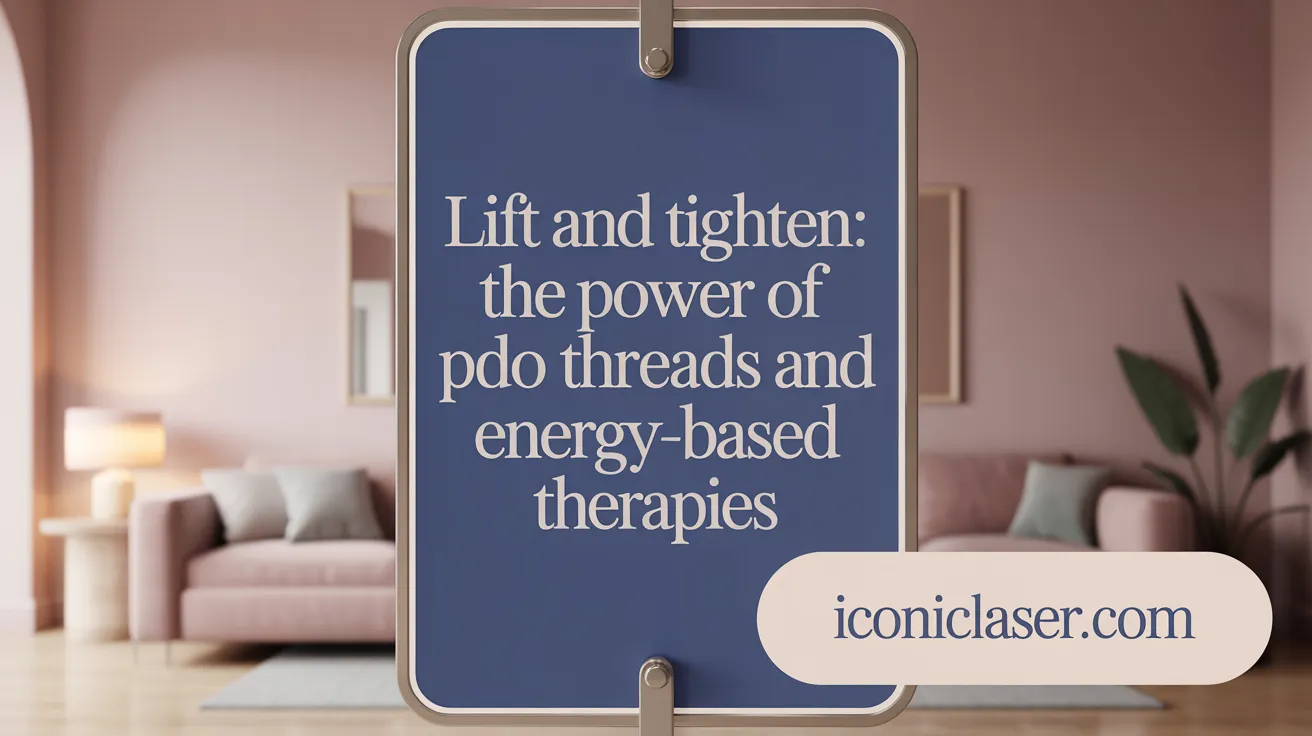
How Do PDO Thread Lifts Work for Lifting and Collagen Stimulation?
PDO thread lifts involve inserting absorbable threads under the skin to physically lift sagging tissue. These threads stimulate fibroblasts to produce collagen, elastin, and hyaluronic acid, supporting skin firmness and elasticity. Results appear immediately with ongoing improvements over months, typically lasting around a year or more with maintenance. This method offers a minimally invasive alternative to surgical facelifts with minimal downtime.
What Are Radiofrequency and Ultrasound Treatments for Skin Tightening?
Radiofrequency (RF) and ultrasound therapies heat targeted layers of skin to stimulate collagen and elastin production. Ultrasound treatments like Ultherapy use focused energy to reach depths up to 5 mm, promoting a gradual lift in areas such as the brow, chin, neck, and chest. RF treatments (e.g., Thermage, Morpheus8) heat epidermal layers to tighten mild to moderate skin laxity and improve skin texture over time. Sessions range from 30 to 90 minutes, usually requiring multiple treatments with maintenance to sustain results.
How Do Laser Therapies Improve Skin Tone and Texture?
Laser treatments resurface the skin by promoting collagen remodeling, reducing fine lines, pigmentation, and uneven texture. Options include fractional CO2 lasers and nanofractional radiofrequency (e.g., Venus Viva) that enhance skin quality and tighten loose areas. Combining IPL with RF can address multiple skin concerns simultaneously. These procedures typically involve minimal discomfort and short recovery periods.
Which Areas Can Benefit and What Is the Treatment Duration?
Typical treatment areas include the cheeks, jawline, chin, neck, and under the eyes. PDO thread lifts provide immediate lifting effects with results lasting over a year. RF and ultrasound treatments develop gradual skin tightening and lifting effects visible within 2-3 months, lasting up to a year. Laser resurfacing treatments may require a few sessions spaced weeks apart for optimal improvement. Maintenance sessions are often recommended to prolong benefits.
What Are the Safety Profiles and Common Side Effects?
These non-surgical treatments have favorable safety profiles when performed by qualified professionals. Common side effects include mild swelling, redness, bruising, and tenderness that resolve within days. Rare complications may include lumps, allergic reactions, or pigmentation changes but are minimized with proper technique and patient selection. Overall, these therapies offer low-risk, natural-looking enhancements with shorter recovery times compared to surgery.
Advanced Rejuvenation: Combining Modalities for Holistic Facial Enhancement
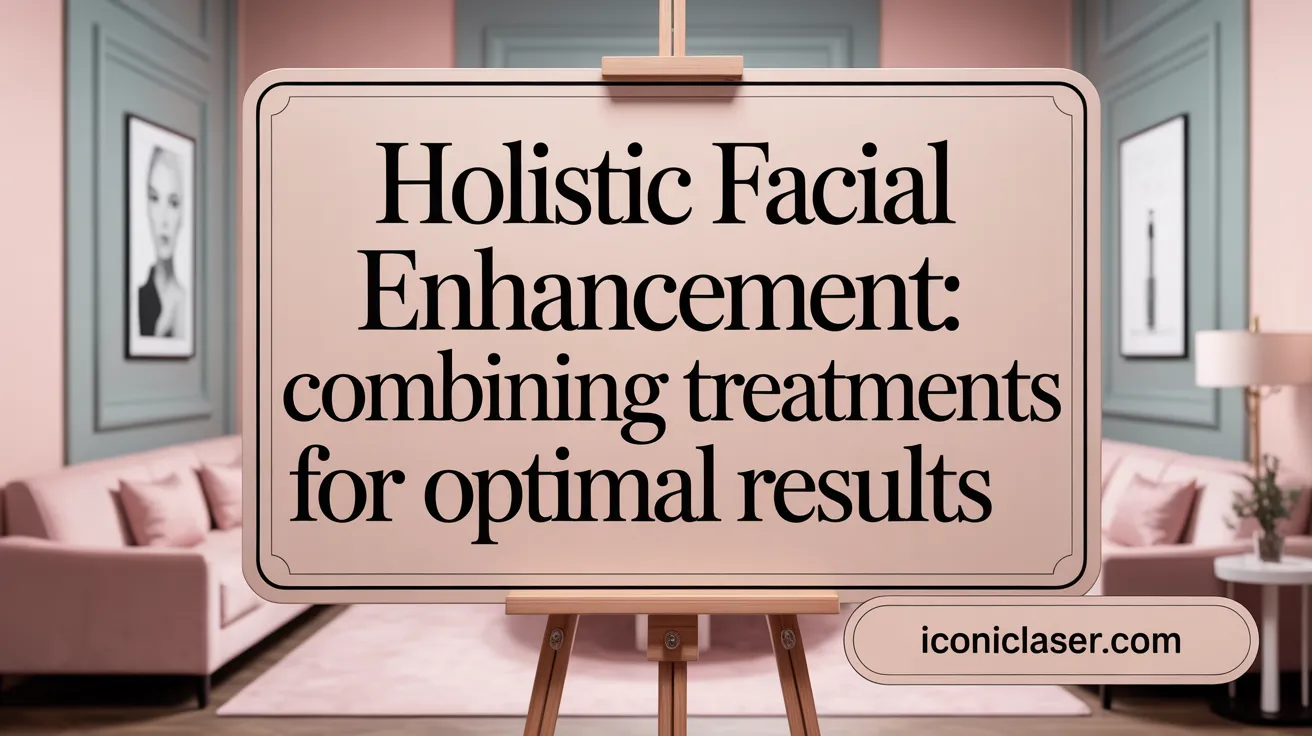
How does integrating microneedling with PRP or exosome therapies promote collagen production?
Microneedling combined with platelet-rich plasma (PRP) or exosome therapies activates the body's natural healing processes. By creating controlled micro-injuries, microneedling stimulates collagen production, while PRP and exosomes enhance skin regeneration and repair. This synergy results in improved skin texture, elasticity, and a youthful glow.
What are the benefits of combination treatments like IPL with radiofrequency?
Combining Intense Pulsed Light (IPL) with radiofrequency (RF) therapies addresses multiple skin concerns simultaneously. IPL targets pigmentation irregularities and sun damage, while RF heats deeper layers to stimulate collagen and elastin. Together, they improve skin tone, reduce wrinkles, and tighten skin with minimal downtime and discomfort.
How do personalized treatment plans ensure natural results?
Optimal facial rejuvenation requires tailoring treatments to individual anatomy and aesthetic goals. Skilled practitioners evaluate skin laxity, volume loss, and facial contours to select the right combination and sequence of therapies. This careful customization enables subtle enhancements that harmonize with natural features, avoiding overdone appearances. For more on personalized facial treatment plans, see related resources on non-surgical contouring.
What emotional and psychological benefits arise from non-surgical facial sculpting?
Non-surgical facial contouring boosts self-esteem and confidence by subtly refining appearance without dramatic changes or surgery risks. Patients often feel more empowered and socially engaged, experiencing improvements in mental well-being. The quick recovery and maintenance-friendly nature also suit modern busy lifestyles. Learn more about the benefits of non-surgical facial contouring.
These combined advanced therapies present a holistic approach, delivering natural-looking rejuvenation while supporting the patient’s emotional wellness.
Suitability, Risks, and Expectations: What Candidates Should Know
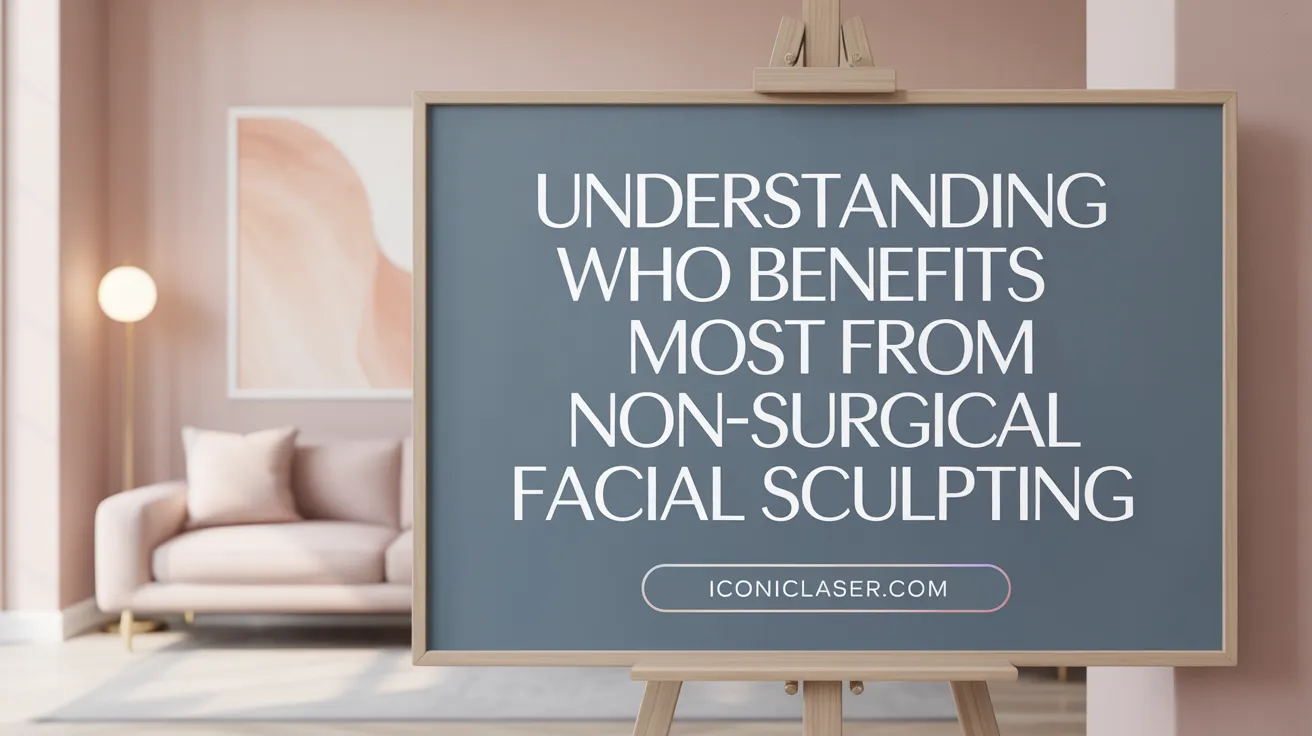
Who are ideal candidates for non-surgical facial contouring?
Non-surgical facial contouring is best suited for individuals experiencing mild to moderate skin laxity or volume loss. These candidates typically seek subtle facial enhancements without surgery rather than dramatic surgical results. People with early signs of aging, such as slight sagging, fine lines, or shallow wrinkles, can greatly benefit. Those wishing to avoid downtime and surgical risks often prefer non-invasive facial contouring. However, patients with severe skin laxity or significant facial structural concerns may not achieve optimal results with these treatments.
What are the common side effects and rare complications?
Most non-surgical facial contouring procedures are safe with minimal side effects. Common after-effects include mild swelling, redness, bruising, and tenderness around the treated areas, usually resolving within a few days. Rare complications, although uncommon, can involve allergic reactions, nodule formation, lumps under the skin, or post-inflammatory hyperpigmentation, especially in darker skin tones. Choosing a skilled and experienced provider significantly minimizes these risks, as highlighted in side effects of facial contouring.
Why is consultation with qualified professionals important?
A thorough consultation with a licensed and experienced cosmetic surgeon or aesthetic professional is essential. Experts assess skin condition, medical history, and cosmetic goals to recommend appropriate treatments. This personalized approach helps ensure safety, realistic expectations, and optimal outcomes. Qualified providers also customize maintenance schedules and combination treatments for holistic facial rejuvenation, as discussed in consult certified cosmetic surgeon and comprehensive facial aesthetic treatments.
What maintenance is required and how long do results last?
Results vary depending on the treatment used. Dermal fillers often last six months to two years, neurotoxin injections (e.g., Botox) last approximately three to four months, and PDO thread lifts can provide benefits for a year or more. Radiofrequency and laser skin tightening results may develop gradually over months and often require periodic sessions. Maintenance treatments are vital to sustain the improvements and involve follow-ups tailored by the practitioner to fit individual needs.
Non-Surgical Facelifts and Jawline Contouring: A Closer Look at Facial Redefinition
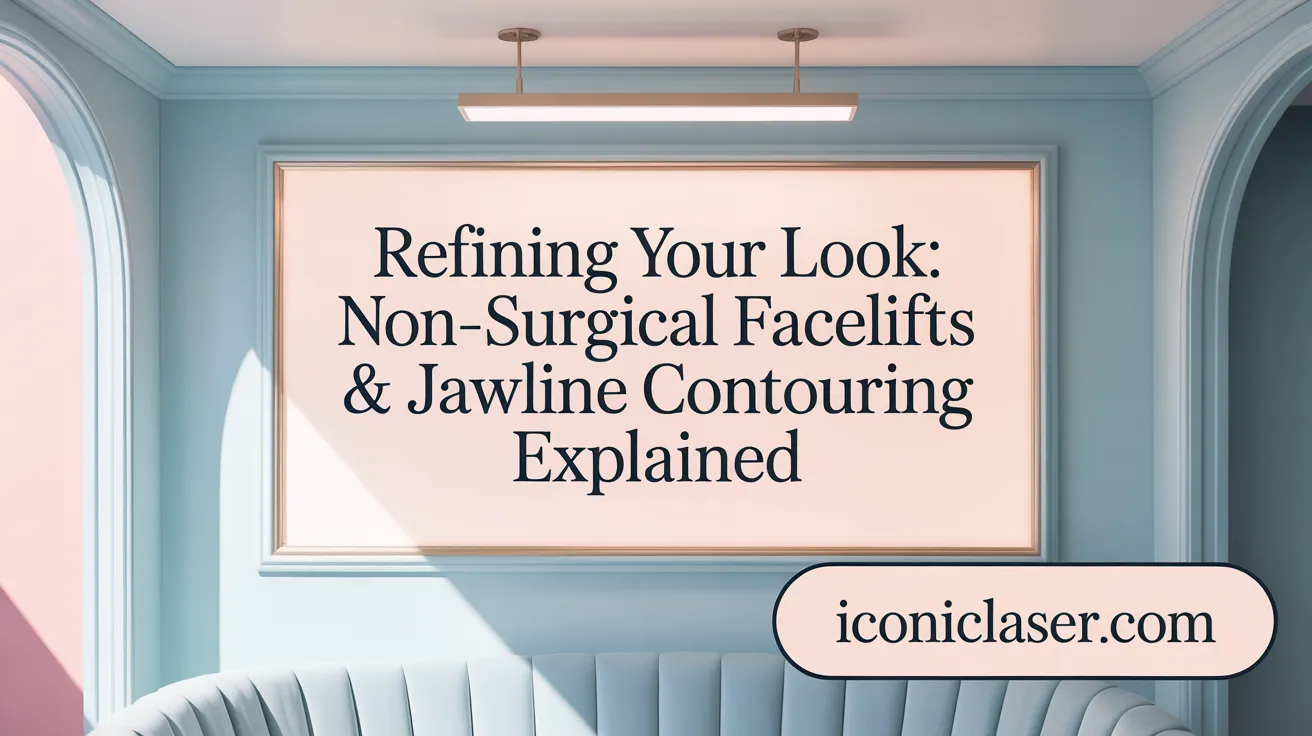
Use of injectable fillers and neurotoxins for lower face sculpting
Injectable dermal fillers, primarily hyaluronic acid-based like Juvéderm Voluma XC and Radiesse, are key tools for lower face sculpting. They add volume and definition to the jawline and chin, resulting in sharper contours and a more youthful appearance. Neurotoxin injections such as Botox relax muscles responsible for wrinkles and can also slim bulky jaw muscles to create a more streamlined lower face. These treatments offer immediate to short-term effects, with fillers lasting from six months up to five years, and neurotoxins generally about three to four months.
Non-invasive methods like Kybella and Evoke for fat reduction and skin tightening
Non-invasive options include Kybella injections, which use deoxycholic acid to dissolve submental fat under the chin, requiring multiple sessions for permanent fat reduction. Evoke is a radio-frequency treatment that tightens skin and reduces fat in areas like the jawline and jowls, stimulating collagen and elastin production for firmer skin without downtime. These technologies provide alternatives to surgery with minimal discomfort and no recovery period.
Comparisons to surgical options highlighting recovery and outcomes
While surgical jawline contouring yields longer-lasting and often more dramatic results, it involves higher costs, risks, and extended downtime including swelling and bruising. Non-surgical options offer less invasive, quicker treatments with subtler, adjustable results. Surgical methods can better address severe sagging or structural issues, whereas non-surgical facelifts and contouring suit patients with mild to moderate skin laxity or volume loss seeking subtle refinements. For more on surgical vs. non-surgical options, see Surgical vs Non-Surgical Contouring.
Patient confidence and quality of life improvements
Non-surgical facial enhancements not only improve appearance but also boost self-esteem and social confidence due to their natural-looking results and minimal recovery. Patients benefit from feeling rejuvenated without the stress associated with surgery, allowing them to maintain an active lifestyle while addressing facial aging concerns effectively. Learn more about benefits of non-surgical facial contouring.
Embracing the Future of Facial Aesthetics
Non-surgical facial sculpting offers a compelling blend of artistry, science, and convenience, empowering individuals to achieve refreshed, natural-looking appearances without the burdens of traditional surgery. With a broad spectrum of customizable treatments—from volumizing fillers and muscle-relaxing neurotoxins to innovative thread lifts and energy-based skin tightening—patients can enjoy subtle yet impactful enhancements tailored to their unique facial architecture. Safeguarded by skilled practitioners, these minimally invasive procedures provide not only aesthetic benefits but also emotional uplift, fostering confidence and well-being. As technology advances and techniques refine further, non-surgical facial sculpting stands poised to become a cornerstone of modern beauty routines, transforming appearances with grace and authenticity.
